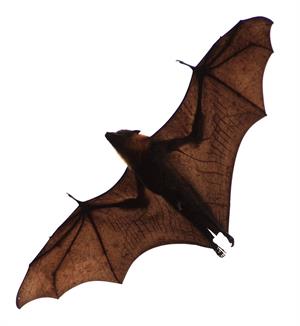
PUMPA - SMART LEARNING
எங்கள் ஆசிரியர்களுடன் 1-ஆன்-1 ஆலோசனை நேரத்தைப் பெறுங்கள். டாப்பர் ஆவதற்கு நாங்கள் பயிற்சி அளிப்போம்
Book Free DemoReverberation:
A sound produced in a large room will be reflected multiple times until it is reduced to a level that is no longer audible. Reverberation is the term for the repeated reflection that results in the sound's persistence. Excessive reverberation is unwelcome in an auditorium or large hall.
The auditorium's roof and walls are typically covered with sound-absorbing materials such as compressed fiberboard, flannel cloths, rough plaster, and draperies to reduce reverberation. The sound-absorbing properties of the seat materials are also taken into consideration. Acoustics is a branch of physics that considers these aspects of sound when designing auditoriums, opera halls, and theatres.
Ultrasonic sound or ultrasound:
Sound waves with frequencies greater than 20,000Hz are referred to as ultrasonic sound. The human ear cannot hear these waves, but other animals' audible frequency range includes ultrasound frequencies.
Dogs, for example, can detect ultrasonic sounds. Deer are alerted to oncoming traffic by ultrasonic whistles, which prevent them from leaping across the road in front of cars.
Ultrasound is commonly used to examine the inner workings of the body. The bouncing of ultrasonic waves by the objects being examined allows different tissues such as organs and bones to be 'seen' or distinguished. A computer is used to detect, analyse, and store the waves.
An echogram is a picture created by refracting ultrasonic waves. It's used in medicine as a diagnostic tool. Ultrasonic sound has also been used in marine surveying.

Bat
Echolocation is a technique used by animals such as bats, dolphins, rats, whales, and oil birds to identify and locate objects using ultrasound. Bats use echolocation to navigate through dark caves and find insects to eat. To locate their prey and navigate through water, dolphins and whales emit a rapid series of underwater clicks in ultrasonic frequencies.
Applications of ultrasound:
- Cleaning technology can make use of ultrasounds. Foreign particles as small as a grain of sand can be removed from objects using ultrasound and a liquid bath.
- Metal blocks can also be inspected with ultrasound to detect cracks and flaws.
- The image of the heart is formed by ultrasonic waves reflecting from various parts of the heart. This procedure is known as 'Echocardiography.'
- Ultrasound can be used to break down small kidney "stones" into fine grains. Those small grains are flushed out in the urine.